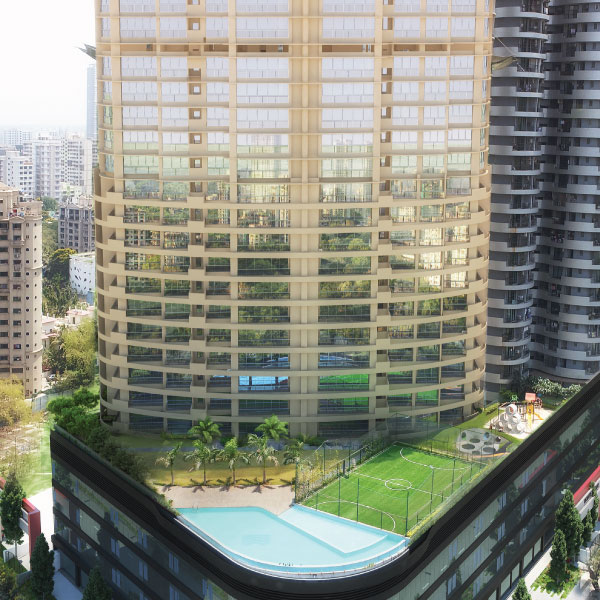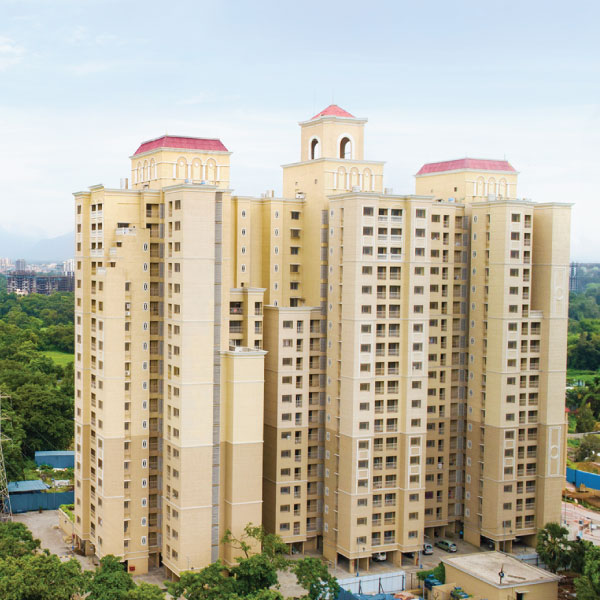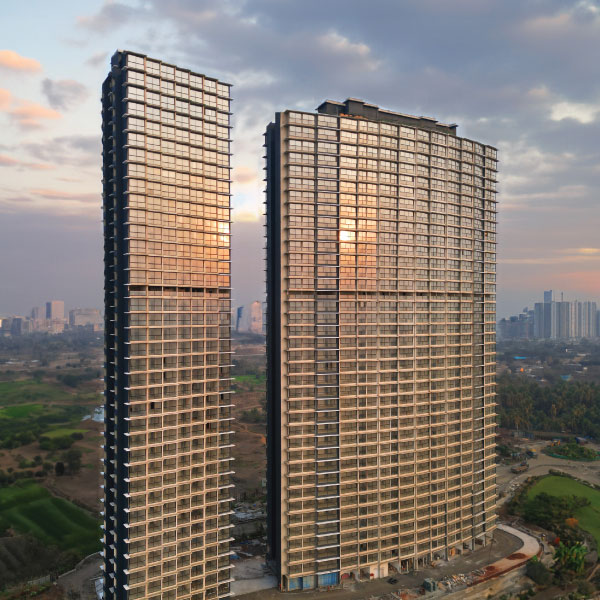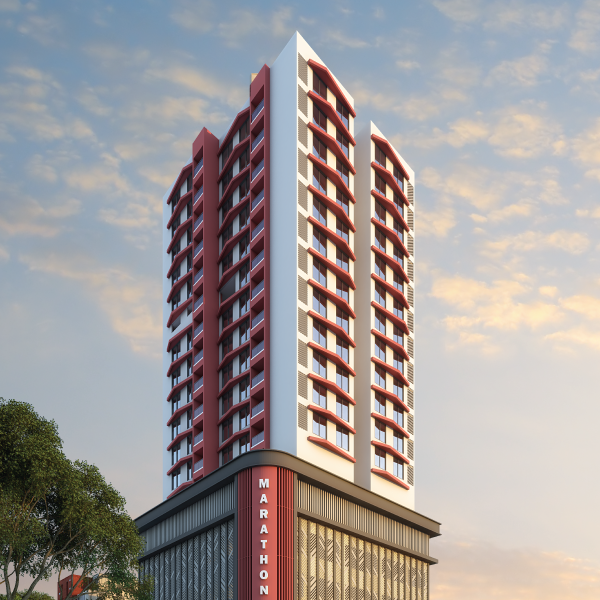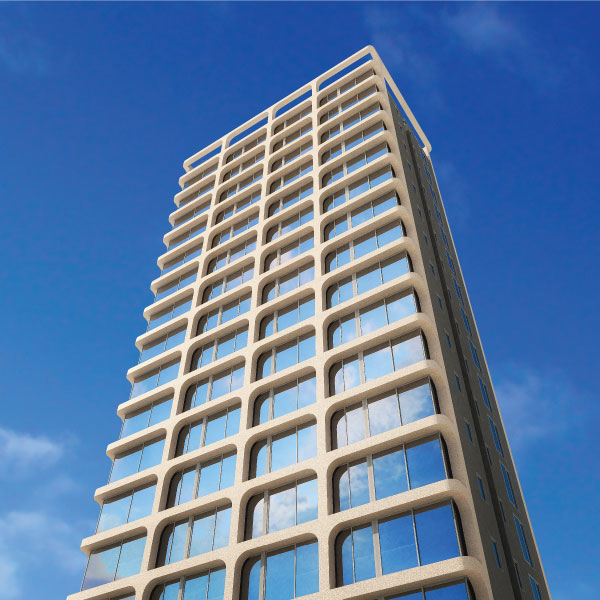All You Need to Know About Pre-EMI
Last Updated on, November 18th, 2022
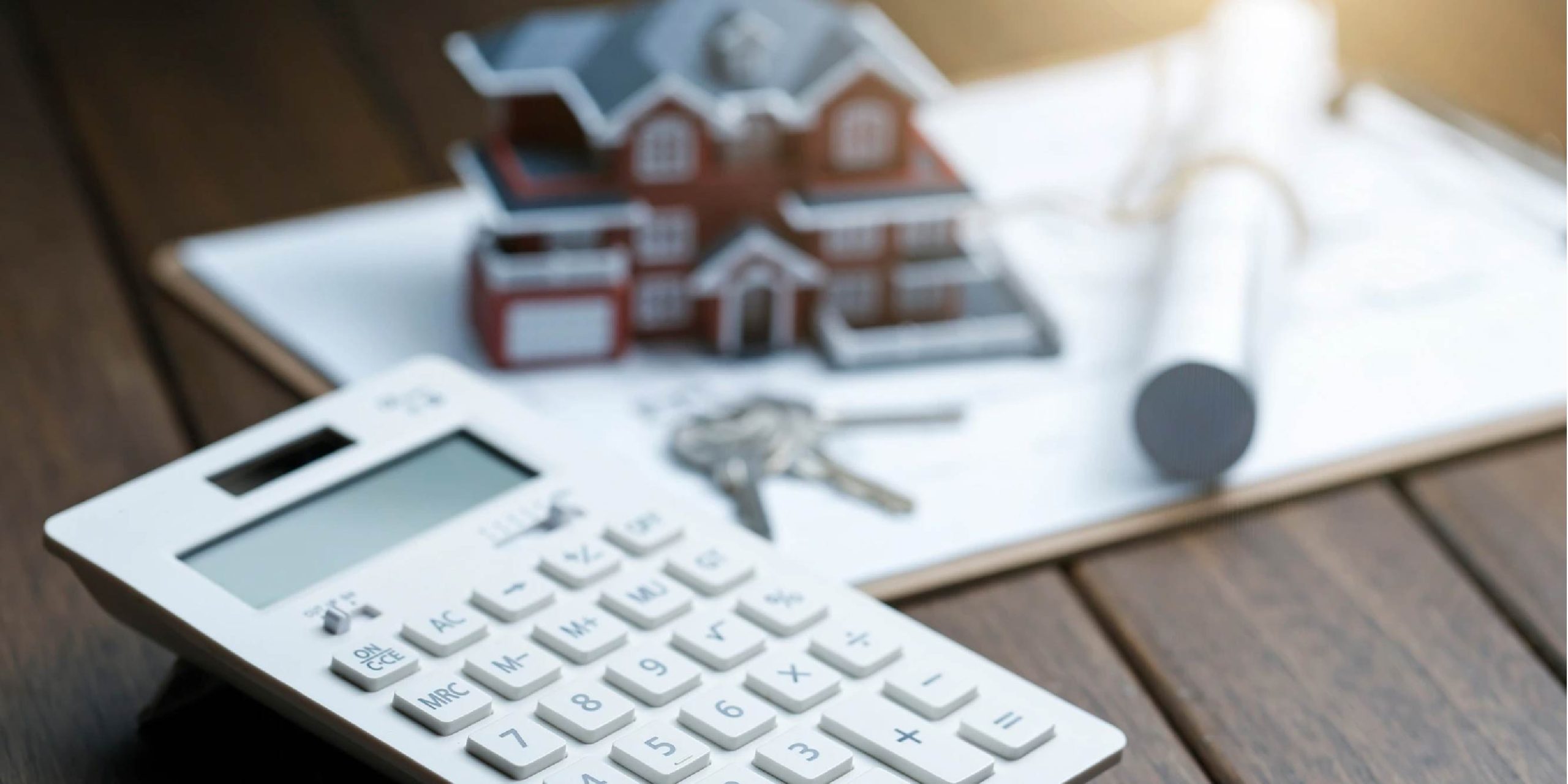
What Is Pre-EMI?
For home loans in under-construction properties, the bank disburses the home loan amount to the builder in parts according to the construction stage of the project. While the project is under construction, the borrower has to only pay the interest portion of the loan as EMIs. This interest-only payment is called pre-EMI. Once the construction is complete and before you avail possession of your home, the bank disburses the entire amount to the builder. This is when you pay full EMIs, which include both principal and interest.
For e.g. as per RERA, the developer cannot charge over 35% of the total cost at the time of completion of the plinth of the building. Assuming that you have bought a flat worth Rs. 1cr and have paid your own contribution down-payment of Rs. 10 lacs and have availed a bank loan of Rs. 90 lacs, the bank would have disbursed only 25lacs at the completion of the plinth of the building. The monthly interest cost, which is the pre-EMI, assuming a rate of interest of 7.5% would be Rs. 15,625 As and when the builder constructs further, the bank will release further disbursements and your pre-EMI will increase.
What is the Benefit of Pre-EMI?
Buying under-construction property is a great option for people who cannot afford to pay a hefty EMI from the start. Since the home buyer has to only pay the interest on the loan amount disbursed until the possession of the property, the pre-EMI reduces the burden on the homebuyer’s pocket.
This helps home buyers who are currently residing in rented homes. Without paying the full EMI, they can buy their dream home whilst staying in the rented home. Pre-EMI also enables home buyers to stretch their budgets a bit, since their income is likely to increase by the time they need to service their full EMI. Taking this into account, homebuyers can take an informed decision of opting for a higher loan amount.
When Is It Better to Choose a Pre-EMI Option?
Here are a few situations in which it is better to opt for a pre-EMI option :
– You do not have enough funds to pay both the rent and the home loan EMI
– You want to leverage the different amount between pre-EMI and full-EMI or invest it for better returns.
However, note that you always have the option of paying higher EMI so that your principal outstanding also reduces. With pre-EMI remember that you are paying only interest on the loan, so your loan outstanding does not reduce.
Tax Benefit Of the Pre-EMI Scheme
According to Section 24B of The Income tax, interest paid can be claimed for income tax deduction up to 2 lakhs. This interest paid cannot be claimed for deduction if the property is under construction. It can be claimed in the financial year in which you avail possession of the property. This interest can be claimed in 5 equal instalments from the year of possession.
For example, let’s consider a case where the home buyer has paid a total pre-EMI interest of 2,50,000 for 3 years (say January 2020 to December 2022) and the full EMI will start from January 2023. The pre-EMI interest paid, i.e. the amount of 2.5 lakhs, can be claimed for deduction in the next 5 years, starting from the financial year 2022-23. An interest of 50.000 (2,50,000 / 5) can be claimed each year over the next 5 financial years. This amount can be claimed in addition to the interest paid through the regular EMIs, but the maximum deduction allowed as per the rule is 2 lakhs per year.
What is the Difference Between Pre-EMI and Full-EMI?
Here are some of the key differences between pre-EMI and full-EMI –
| Parameters | Pre-EMI | Full-EMI |
|---|---|---|
| Component | It includes only the interest component. | It includes both principal and the interest component. |
| Loan disbursal | Full loan amount is disbursed | Partial loan amount is disbursed based on the construction completed. |
| Interest Rate | Interest is calculated on the amount disbursed. | Interest is calculated on the entire principal amount. |
| Loan repayment | Pre-EMIs are cheaper for the time being as you only have to pay the interest amount. | Full EMI’s are a heavier repayment burden since it also includes principal repayment |
| EMI Payment | EMI starts right after the partial loan amount is disbursed – i.e. with the first tranche disbursement from the home loan | EMI starts after the completion and possession of property or after full disbursement of the loan |



